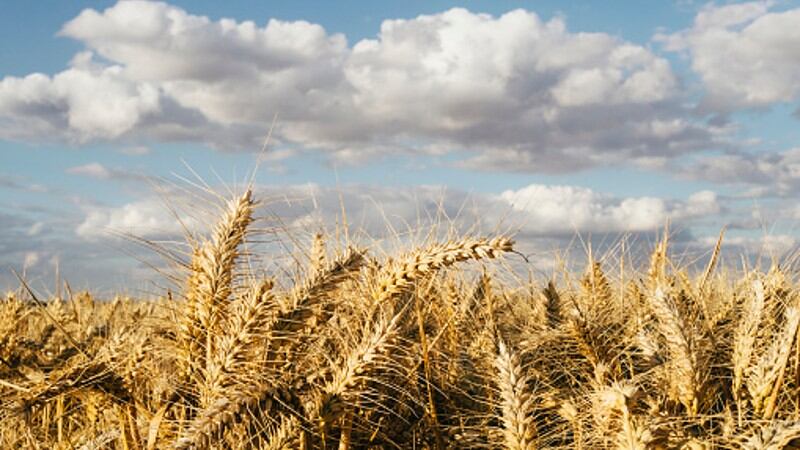South Korea has been facing a local shortage in wheat since 2022 due to the ongoing Russia-Ukraine conflict, as previously Ukraine made up more than 10% of its wheat import supply.
Since then, the East Asia market has been attempting to utilise other grains as an alternative such as rice flour to replace wheat flour, including partnering major local food brands to produce more food products in this vein.
That said, with an eye on the long-term, the government is looking to improve South Korea’s own self-sufficiency in wheat supply so as to be less reliant on external sources, leading to the implementation of a new strategy this year dubbed the 2024 Domestic Wheat Industry Development Implementation Plan.
“This Implementation Plan aims to improve South Korea’s domestic wheat self-sufficiency as well as to stabilise supply and demand,” local Ministry of Agriculture, Food and Rural Affairs (MAFRA) Minister Song Mi-ryeong said via a formal statement.
“The plan this year will include increasing the local wheat industry development budget to KRW50bn (US$) from KRW40.3bn (US$) last year, as well as to support the expansion of the local wheat consumption market, create a sustainable production base to expand production, and to significantly increase the government stockpile of domestic wheat.”
According to government data, wheat self-sufficiency in South Korea has been slowly but surely on the rise from 0.8% in 2020 to 1.1% in 2021, 1.3% in 2022, 2.0% in 2023 and a targeted 4.2% for 2024.
“By 2025, the goal is to achieve 5% self-sufficiency in wheat using the expanded budget for development,” said the ministry.
“Additional support will also be provided to local companies making products using domestically-produced wheat to supplement prototype productions and marketing costs, up to KRW300mn (US$) per company, in order to expand the local wheat consumption market.
“We will also be increasing milling cost support for local wheat processing companies to KRW200,000 (US$) per ton and reducing the interest rate on loans provided by 1% for companies that can prove they have increased their usage of local wheat.
“To create a sustainable production base for local wheat, we will also be establishing more specialised wheat production complexes in the country and providing support for the required facilities and equipment – in 2024, the plan is to have 100 such complexes established, up from 73 last year.
“All of this will serve to increase public stockpiles of wheat [to ensure consistent food security], as we plan to purchase some 25,000 tons of local wheat this year, 6,000 tons more than the 19,000 tons in 2023.”
Safety and security
As this would be a relatively novel move for many farmers in the country, MAFRA has also opted to ensure farm income stability by introducing a wheat insurance scheme for the entire country.
“The Wheat Disaster Insurance subscription was previously piloted in just five areas last year which were Chungnam, Jeonbuk, Jeonnam, Gyeongnam and Gwangju, but this year it will be made available to all wheat farmers nationwide,” Song said.
“MAFRA will also be increasing the direct unit price paid for crops that are planted strategically as a part of plans for double cropping in wheat fields, such as powdered rice and soybeans, to both promote the enhancement of soil health and improve farmer incomes.”
There will also be new quality and safety standards introduced for wheat that is to be purchased as part of the government stockpiles, which will divide different grades of wheat for different functions such as noodle-making and baking based on the protein, moisture, ash content and so on which will also define the purchase prices.


